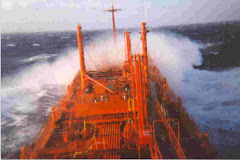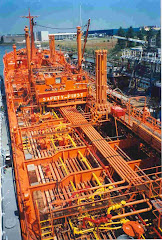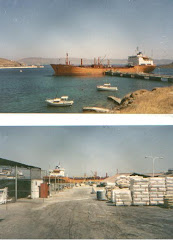Massive loan bailout facilities that pyramid Ponzi level public debt together with austerity programs that cause recession and shrink GDP, reducing capacity to service public debt are among the many contradictions in the thinking of the EU elite to preserve their currency union at all costs. Yves Smith compares EU methods of internal (infernal?) devaluation to Medieval torture. Will voters in EU laggards like Greece and Ireland ultimately revolt and this debacle end in sovereign default?
Classic economic theory of the unholy triangle illustrates the impossibility of having at the same time:
- A fixed exchange rate.
- Free capital movement (absence of capital controls).
- An independent monetary policy.
Eurozone members like Greece and Ireland gave up an independent monetary policy for a fixed exchange rate in an environment of free capital movement. The result was uncontrollable credit bubbles and price distortions under the ECB one-size-all monetary policy locked by fiat to the rules of the German Central bank. Greece and Ireland have very different paths to their present insolvency, but both cases illustrate the tension between European integration and democracy. EZ policies have exacerbated the growing divergences between the core and periphery countries, resulting in this ongoing crisis that threatens the future of the currency union experiment.
As Bernard Connolly explains in his book "Rotten Heart of Europe", the single currency project was designed to generate an irresistible momentum for full scale political union in Europe, dominated by an implicit power-sharing agreement between the German and French political elites.
The problem is that democracy, national sovereignty and global economic integration are mutually incompatible. Deep economic integration requires the elimination of all transaction costs in cross-border dealings. Nation-states are a fundamental source of such transaction costs. They generate sovereign risk, create regulatory discontinuities at the border, prevent global regulation and supervision of financial intermediaries, and render a global lender of last resort a hopeless dream.
The EZ currency union illustrates the limits of global federalism. Making hapless EZ member countries responsive only to the needs of the ECB at the expense of domestic objectives is inherently incompatible with democracy. We could return to something like the post-war Bretton Woods regime with its capital controls and limited trade liberalization as alternative, but that would negate EU free trade. Finally, we could resolve this trilemma maintaining free capital movement, abandoning the currency union and reverting to flexible exchange rates with independent monetary policy.
I would suggest that the least painful and most desirable path would be breaking up the EZ currency union, preserving the nation states and democracy.










